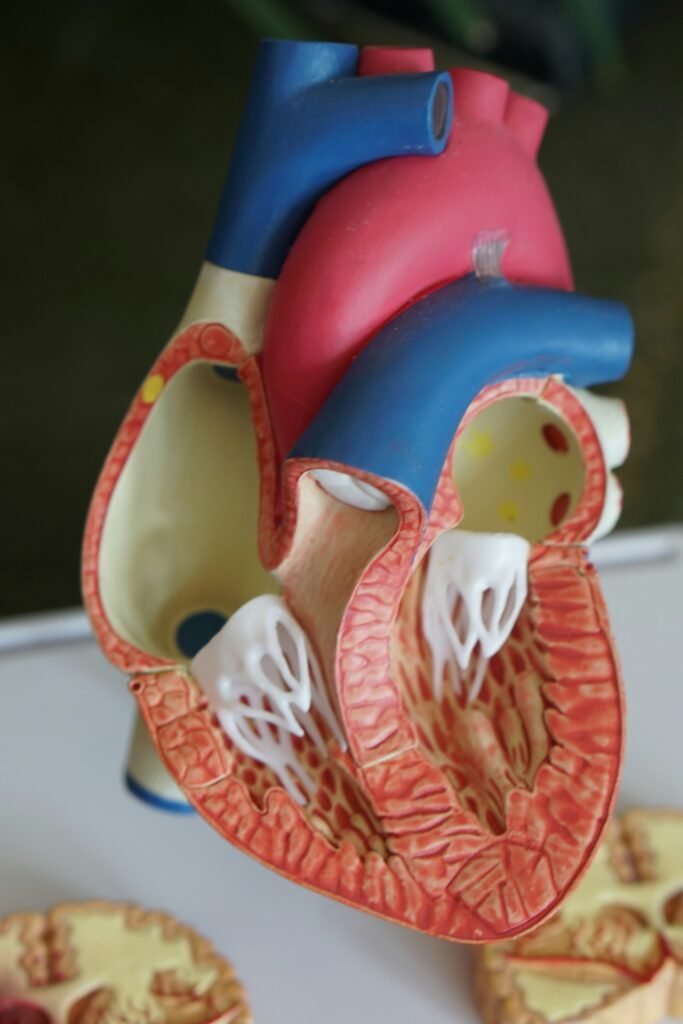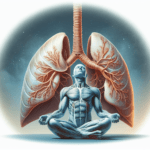
If you have been wondering whether there are specific breathing exercises designed for children with respiratory issues, you’ve come to the right place. In this article, we will explore the world of pediatric-specific breathing exercises and their potential benefits for children facing respiratory challenges. By the end, you will have a better understanding of how these exercises can potentially improve lung function and overall respiratory health in children. So, let’s dive in and discover the potential solutions that can aid in improving the breathing patterns of children with respiratory issues.
Importance of Breathing Exercises for Children with Respiratory Issues
Children with respiratory issues often struggle with their breathing, which can have a significant impact on their overall well-being and quality of life. However, incorporating breathing exercises into their daily routine can be incredibly beneficial. Not only can these exercises help improve lung function and respiratory strength, but they can also promote better oxygenation, reduce symptoms, and enhance overall lung health.
Understanding the Impact of Respiratory Issues on Children
Respiratory issues such as asthma, bronchitis, cystic fibrosis, pneumonia, and allergies can significantly affect children’s daily lives. These conditions can lead to shortness of breath, wheezing, coughing, and chest congestion, making it challenging for children to participate in activities they enjoy or even perform simple tasks. It can also result in decreased physical endurance, limited participation in sports, and hindered social interactions. Therefore, addressing these respiratory issues is crucial to ensure children can lead a fulfilling and active life.
Benefits of Breathing Exercises for Children with Respiratory Issues
Breathing exercises offer numerous benefits for children with respiratory issues. Firstly, these exercises help strengthen the respiratory muscles, including the diaphragm and intercostal muscles, leading to improved lung capacity and efficiency. By increasing lung function, children can breathe more easily and take in sufficient oxygen, reducing the frequency and severity of respiratory symptoms.
Additionally, breathing exercises encourage proper breathing techniques, such as deep breathing and diaphragmatic breathing. These techniques promote the full expansion of the lungs, allowing for better air exchange and oxygenation. By mastering these breathing techniques, children can optimize their lung function and reduce the strain on their respiratory system.
Moreover, breathing exercises can aid in the clearance of mucus and phlegm from the airways, reducing chest congestion and coughing. By practicing these exercises regularly, children can effectively manage their respiratory symptoms and experience fewer episodes of respiratory distress.
Importance of Pediatric-Specific Breathing Exercises
While breathing exercises can be beneficial for people of all ages, pediatric-specific breathing exercises cater specifically to the needs and capabilities of children with respiratory issues. These exercises take into account the unique challenges children face and aim to make the exercises fun, engaging, and age-appropriate.
Pediatric-specific breathing exercises focus on creating a positive and supportive environment for children. By incorporating interactive elements, such as games, props, and visual aids, children are more likely to remain engaged and committed to their breathing exercises. This approach not only helps children develop proper breathing techniques but also fosters a sense of achievement and empowerment as they make progress in managing their respiratory issues.
Additionally, pediatric-specific breathing exercises promote the involvement of parents, caregivers, and even friends. By including the child’s support network in the exercises, children receive encouragement, accountability, and a sense of shared accomplishment. This collaborative approach enhances the effectiveness of the breathing exercises and reinforces the importance of consistent practice.
Types of Respiratory Issues in Children
Understanding the different types of respiratory issues that children may face is crucial in effectively managing their condition. By recognizing the specific challenges associated with each condition, appropriate breathing exercises can be prescribed to target and alleviate the symptoms.
Asthma
Asthma is a chronic respiratory condition characterized by inflammation and constriction of the airways, resulting in recurring episodes of wheezing, coughing, and shortness of breath. Breathing exercises for children with asthma focus on increasing lung capacity, improving breathing techniques, and managing asthma triggers.
Bronchitis
Bronchitis is an inflammation of the bronchial tubes, leading to excessive mucus production, coughing, and chest congestion. Breathing exercises for children with bronchitis aim to promote effective mucus clearance and alleviate symptoms such as coughing and shortness of breath.
Cystic Fibrosis
Cystic fibrosis is a genetic disorder that affects the lungs and digestive system. It results in thick and sticky mucus production, leading to recurrent respiratory infections, reduced lung function, and difficulty breathing. Breathing exercises for children with cystic fibrosis focus on clearing mucus from the airways, improving lung function, and maintaining overall respiratory health.
Pneumonia
Pneumonia is an infection that causes inflammation and fluid buildup in the air sacs of the lungs. This condition can impair lung function, leading to symptoms such as coughing, shortness of breath, and chest pain. Breathing exercises for children with pneumonia aim to promote effective lung expansion, improve oxygenation, and aid in mucus clearance.
Allergies
Allergies, particularly respiratory allergies such as allergic rhinitis and allergic asthma, can cause nasal congestion, coughing, and difficulty breathing. Breathing exercises for children with allergies help manage allergy-related symptoms, strengthen the respiratory muscles, and improve overall lung function.

Common Symptoms of Respiratory Issues in Children
Recognizing the common symptoms of respiratory issues in children is essential in identifying when breathing exercises may be beneficial. By understanding these symptoms, parents and caregivers can seek appropriate medical attention and incorporate breathing exercises into their child’s daily routine.
Shortness of Breath
Shortness of breath, also known as dyspnea, is a common symptom experienced by children with respiratory issues. It refers to the sensation of not being able to breathe deeply or get enough air. Breathing exercises can help alleviate this symptom by improving lung capacity and teaching children to breathe more effectively.
Wheezing
Wheezing is a high-pitched whistling sound produced during breathing. It occurs when there is narrowing or obstruction in the airways, leading to difficulty moving air in and out of the lungs. Breathing exercises can help reduce wheezing by promoting proper breathing techniques, clearing mucus, and improving airflow.
Coughing
Coughing is the body’s natural way of clearing the airways to remove irritants or excess mucus. However, persistent or frequent coughing can be indicative of respiratory issues in children. Breathing exercises aim to reduce coughing by improving mucus clearance and optimizing lung function.
Chest Congestion
Chest congestion refers to the buildup of mucus or fluid in the airways and lungs, resulting in heaviness or discomfort in the chest. Breathing exercises can help alleviate chest congestion by promoting effective mucus clearance, improving lung expansion, and enhancing overall respiratory health.
By being aware of these common symptoms, parents and caregivers can take proactive measures to manage their child’s respiratory issues. Incorporating appropriate breathing exercises can significantly contribute to symptom relief and improve overall respiratory function.











